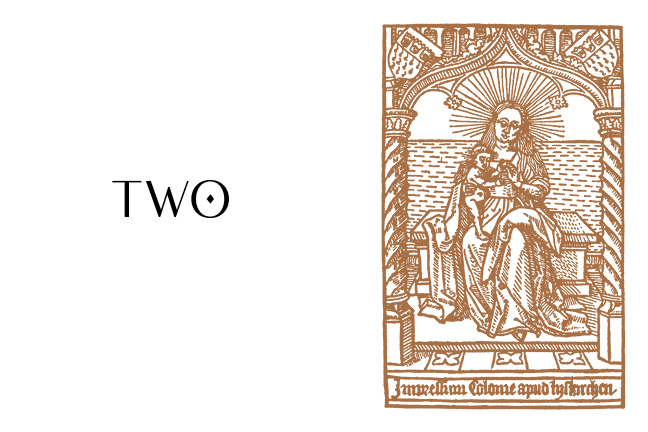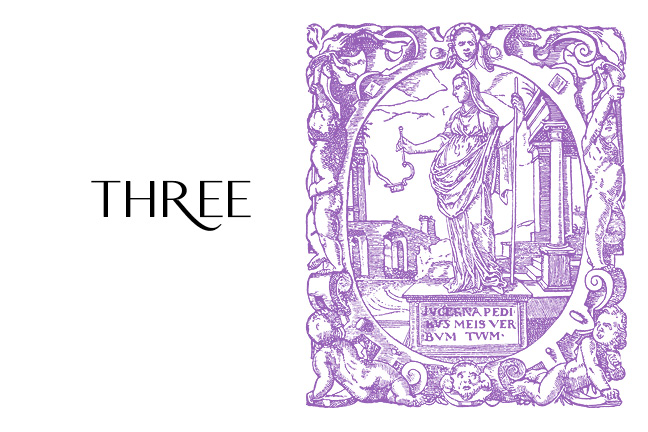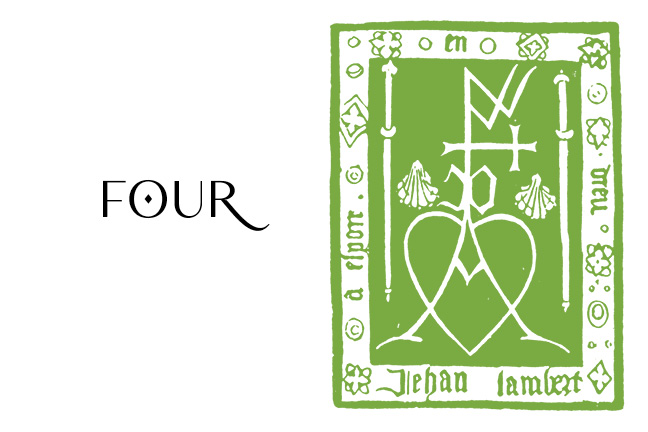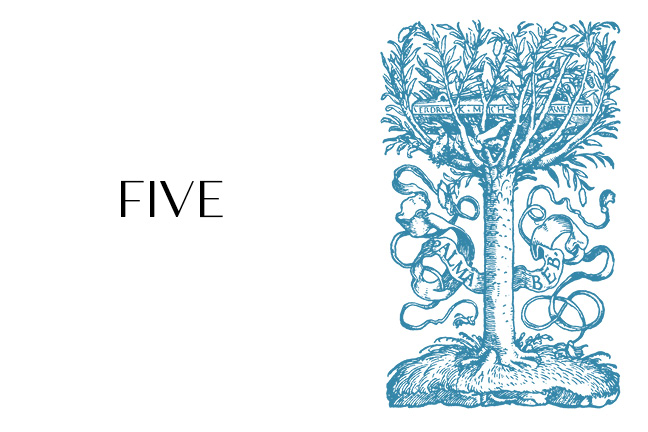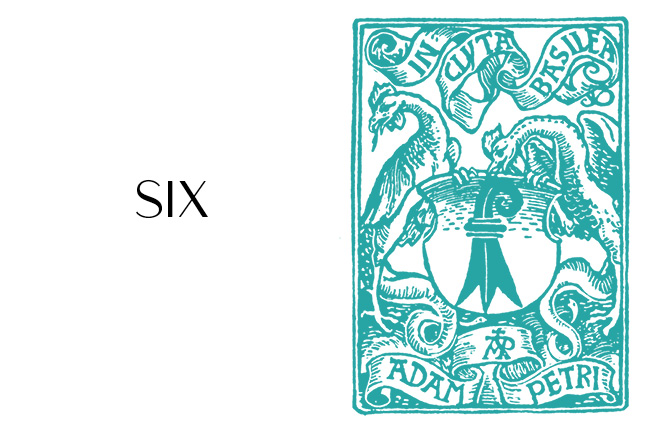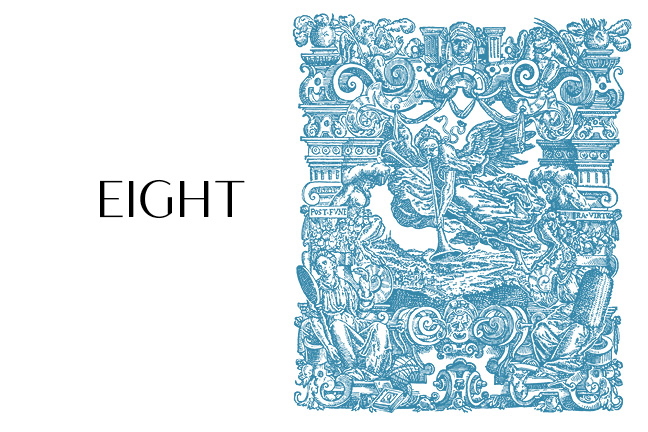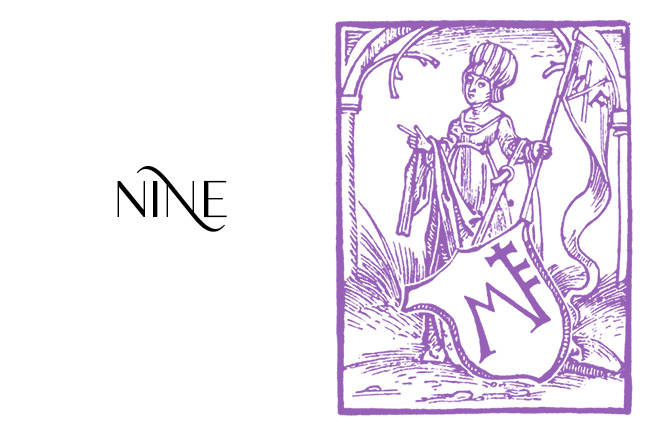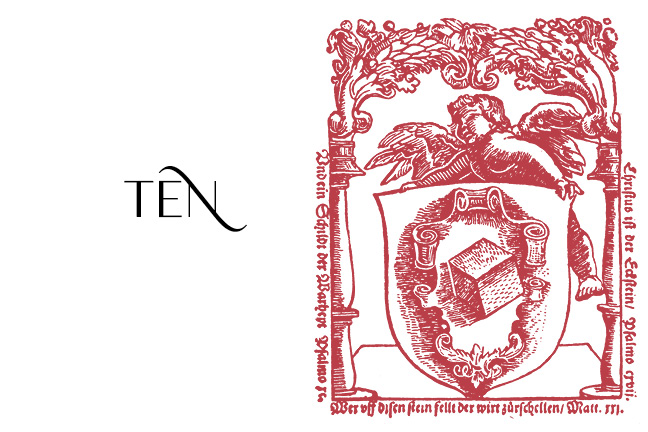Printer’s Marks Part 4
A GRANITE BAY ![]() DESIGN MICROSITE
DESIGN MICROSITE
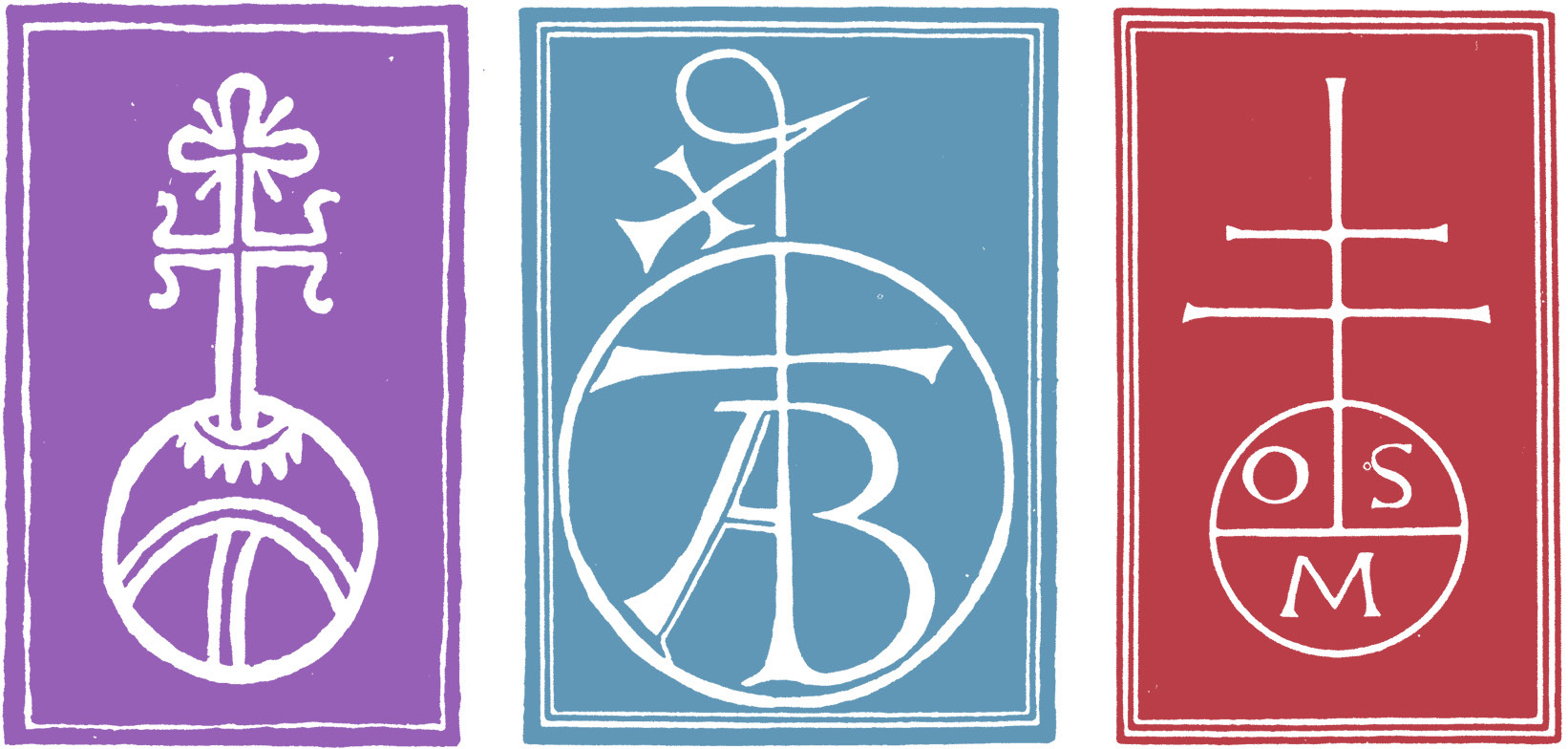
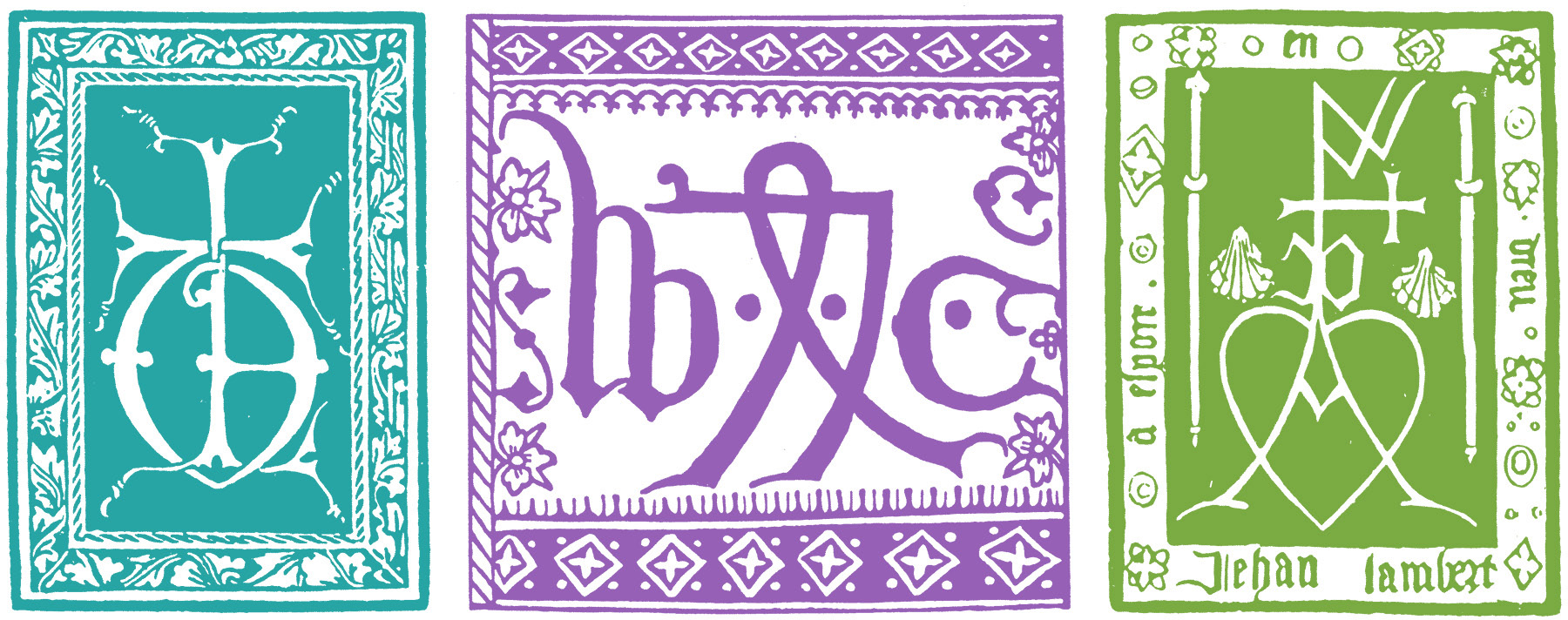
Printer’s Marks Part 4
Le Taller (Rouen 1487)
William Caxton (Westminster 1475)
Jean Lambert (Paris 1493)
The History of Printing
“The rise of woodblock printing technology led to a decline in book prices by about one tenth what they had been before the 11th century. Not all areas experienced the same price reductions, which was also dependent on other factors besides the technology, resulting in regional variations in the price of print works by as high as 600 percent during the 12th century. Woodblock printing did not replace manuscripts either, which continued to remain commercially viable through substantially reducing their prices. According to the Ming dynasty author Hu Yinglin, “if no printed edition were available on the market, the hand-copied manuscript of a book would cost ten times as much as the printed work,”also “once a printed edition appeared, the transcribed copy could no longer be sold and would be discarded.”The result is that despite the mutual co-existence of handcopied manuscripts and printed texts, the cost of the book had declined by about 90 percent by the end of the 16th century.[39] As a result, literacy increased. In 1488, the Korean Choe Bu observed during his trip to China that “even village children, ferrymen, and sailors” could read, although this applied mainly to the south while northern China remained largely illiterate. Manuscripts also gained new cultural value as imprints became more common, and were even preferred by elite scholars and collectors. The age of printing gave the act of copying by hand a new dimension of cultural reverence. Those who considered themselves real scholars and true connoisseurs of the book did not consider imprints to be real books. Under the elitist attitudes of the time, “printed books were for those who did not truly care about books.””
from The History of Printing on Wikipedia
The printer’s marks were scanned from the copyright free book “Symbols, Signs & Signets” by Ernst Lehner.


